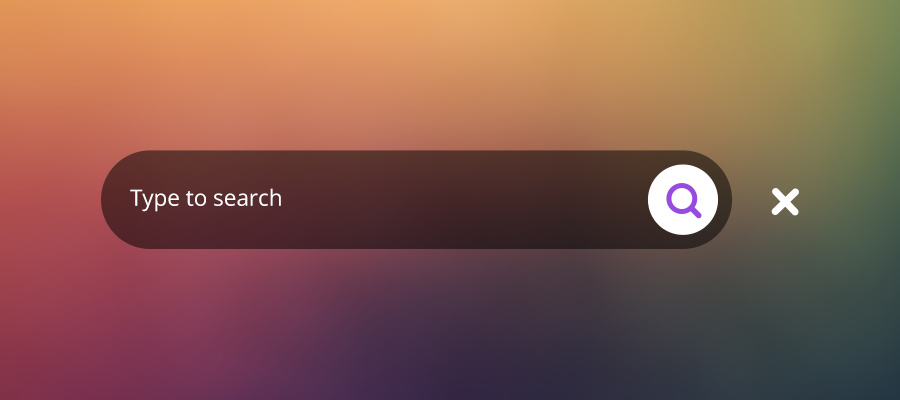We’ve come a long way in website design and improving UX. Part of that UX improvement has been to make locating content easier for the user which is where the search box comes in. The search box is probably the most used element on a website. This is especially true if you have a bunch of products or files on your site. Even if you don’t have much content to sift through, the search box is just an easy way for your user to find what he’s looking for.
Importance of the Search box
Here are some interesting statistics according to Comprend as mentioned in ux.stackexchange.com:
- 59% of web users frequently use the website search box to navigate on a site
- 15% would actually rather use the search function than the hierarchical menu
Additionally, studies from the Nielsen Group and other findings state that
- More than 50% of users on a landing page of a website head straight to the internal search box to navigate through the site
Statistics like these emphasise the importance of the search box.
The Search box is important for the following reasons:
- Helps get results quickly: The first and most important functionality is to help users locate what they’re looking for easily. It saves them the trouble of manually searching through your site and navigating for the content he wants.
- Reduces bounce rate: Without a search bar, a user is most likely to leave if he doesn’t find what he’s looking for within the first few pages of your site. A search box would mean faster results and less likelihood of him leaving out of frustration.
- Improve UX: You can gain insights into what your visitors are searching for and how they’re looking for existing content. You can even gain insights on what they’re looking for and failing to find. With such data, you can find how your site search can be fine-tuned to provide relevant results or address the missing content users are looking for.
- Find new keywords: A search box can tell you what your users are looking for. By checking this data, you could probably stumble upon new keywords you might want to target for organic SEO purposes or paid search strategies to help target the right audience.
- Optimize landing pages & boost conversions: The search analytics you receive could help you attract the right visitors by optimising landing pages & improve conversion rates.
Types of websites that require a search box

While every website does not need a search box (This scenario will be covered in the latter half of the post), if you are going to add a search box, here’s when to use one:
eCommerce Websites: A search box for an eCommerce website is a must have due to the sheer number of products available. Typically, users on an eCommerce site head straight to the search box even before the navigation. As I mentioned earlier, 50% of people visiting a start page on a website go straight to the internal search box in order to navigate. The search is just the easiest way for the customer to find what he’s looking for. Imagine looking for a product on Amazon without a search box!
Social media sites: If you have to design anything like a social media site, the search box is important too. Here, the search functionality fulfills the purpose of finding the person, the page or the community you are looking for. Arguably the last one to jump on the bandwagon, Facebook introducing hashtags also opened up the possibility to search for ideas, posts and conversations by hashtag searches.
Blog sites: Bloggers can have anywhere between 5 to over 200 posts on their blogs which makes manual search nearly impossible. The search box becomes central to such a website.
News portals: Like blog sites, news portals also churn out at least a couple of articles a day, creating a database of articles and information. The search box is necessary and important on such sites.
Types of websites that do not require a search box
In some cases, a search bar can actually be confusing. Here’s when not to use a search box :
Single web page: When you have a single page website, it would strongly be recommended to drop the search box , especially if a simple Ctrl+F function could serve the same purpose. You might actually risk confusing the user.
Website with less than 5 pages: There really is no need for the search box here either. Again, a clear navigation to each of the pages will easily suffice if your website has under 5 pages.
Conclusion
The search box has become increasingly more important since websites are constantly updating and adding new products.
Now that you know the importance of the search box and when to use it, keep a look out for more posts covering How to Design a Search Box and The Technology Behind Designing the Search Box in our upcoming posts!
Got more ideas? We’d love to hear about it! If, you want to take it one step further and write a blog for us, leave us a comment and we’ll get in touch with you!
There is no ads to display, Please add some



